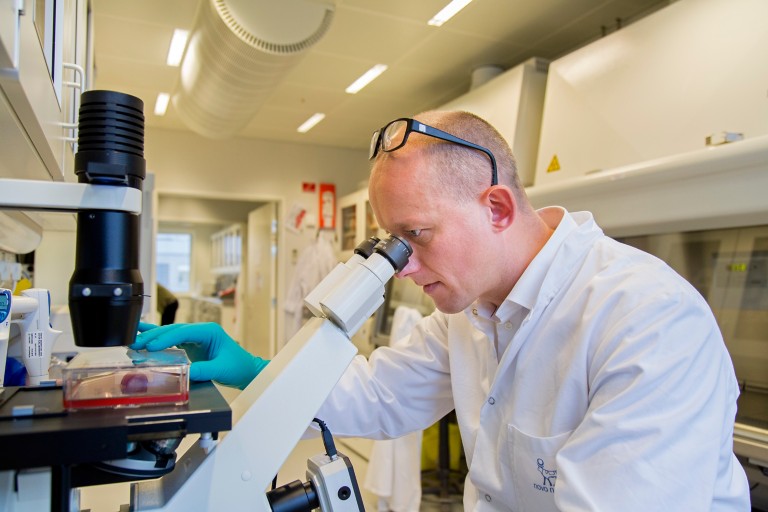Rare diseases are not as rare as you think. A disease is called rare
when it affects fewer than 200,000 people in the US. Around 30 million
people in the US live with a rare disease.1
Although there are over 10,000 known different rare diseases1, most of them share similar characteristics. They are often chronic, lifelong genetic conditions (72%) with childhood onset (70%).2 Most rare diseases have no cure and are associated with reduced life expectancy and decreased quality of life.3
The lack of awareness of rare diseases and lack of treatment options can make the entire experience, from diagnosis onwards, one of challenges and uncertainty. The complexities and challenges of diagnosing and managing each rare disease overlap greatly with many shared commonalities.
We are driving innovation to discover new medicines and technologies to transform the way we diagnose, treat, and care for people living with a rare disease. Together, we are driving change in rare disease and innovating to help patients lead longer, healthier lives.
1. Genetic and rare diseases information center. What is a rare disease? Accessed June 2024 Available at: https://rarediseases.info.nih.gov/about
2. European Journal of Human Genetics. Estimating cumulative point prevalence of rare diseases: analysis of the Orphanet database. Accessed January 2023 Available at: https://www.ncbi.nlm.nih.gov/pmc/articles/PMC6974615/
3. Bogart KR and Irvin VL. Health-related quality of life among adults with diverse rare disorders. Orphanet Journal of Rare Diseases. 2017;12:177. Accessed June 2022 Available at: Health-related quality of life among adults with diverse rare disorders - PubMed (nih.gov)
Your Career Guide
